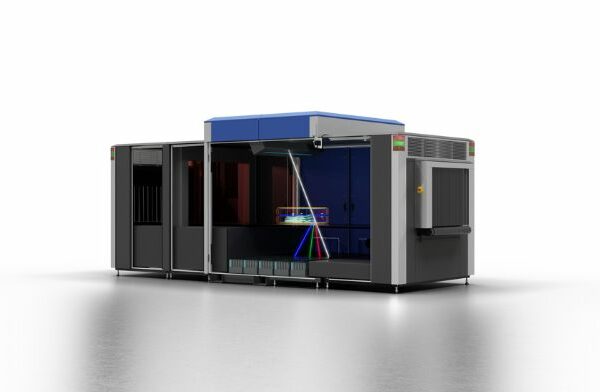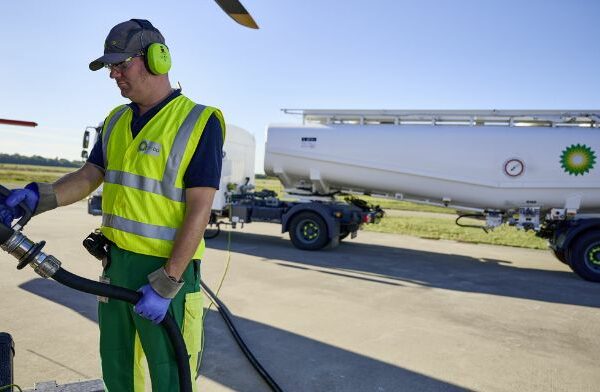The UK Prime Minister Boris Johnson has announced plans for all ‘major’ UK airports to introduce 3D cabin baggage screening equipment.
The technology will be rolled out over the next few years, with the Department for Transport requiring all major UK airports to have the technology by 1 December 2022.
In a statement the government said the 3D technology provides security personnel with better images of cabin baggage, which could mean that in the future passengers may be able to keep liquids and electrical equipment such as laptops, in their cabin baggage while it is screened. It is also expected to reduce the amount of time required for security screening.
Once in place, it is suggested the 100ml liquid limit may also no longer apply, allowing passengers to take liquids through security.
Prime Minister Boris Johnson said the technology would “streamline” trips through UK airports, adding: “By making journeys through UK airports easier than ever, this new equipment will help boost the vital role our airports play in securing the UK’s position as a global hub for trade, tourism and investment.”
“The new screening equipment will improve security and make the experience smoother and less stressful for passengers,” commented commented Transport Secretary Grant Shapps. “It could also mean an end to passengers having to use plastic bags or rationing what they take away with them.”
Heathrow Airport is currently trialling the 3D equipment, which will be gradually rolled out at other UK airports. The Department for Transport confirmed to Regional Gateway that a “major airport” refers to “any airport with over 1 million passenger movements per year.”
In a press statement on the government’s announcement, the Airport Operators Association said that the equipment “could be a big step forward” in ensuring smooth security processes but did express some concerns.
“It is important to recognise the increasing cost of mandatory security measures like these. Each airport will have to fund the new equipment in a relatively short period of time, which will have a big impact, particularly on smaller airports,” the AOA spokesperson said.
“As this equipment is larger and heavier than the existing equipment, this will require airports to make significant investments not only in the equipment but also in ensuring their security search areas are suitable to fit the new scanners,” the AOA spokesperson told Regional Gateway.





